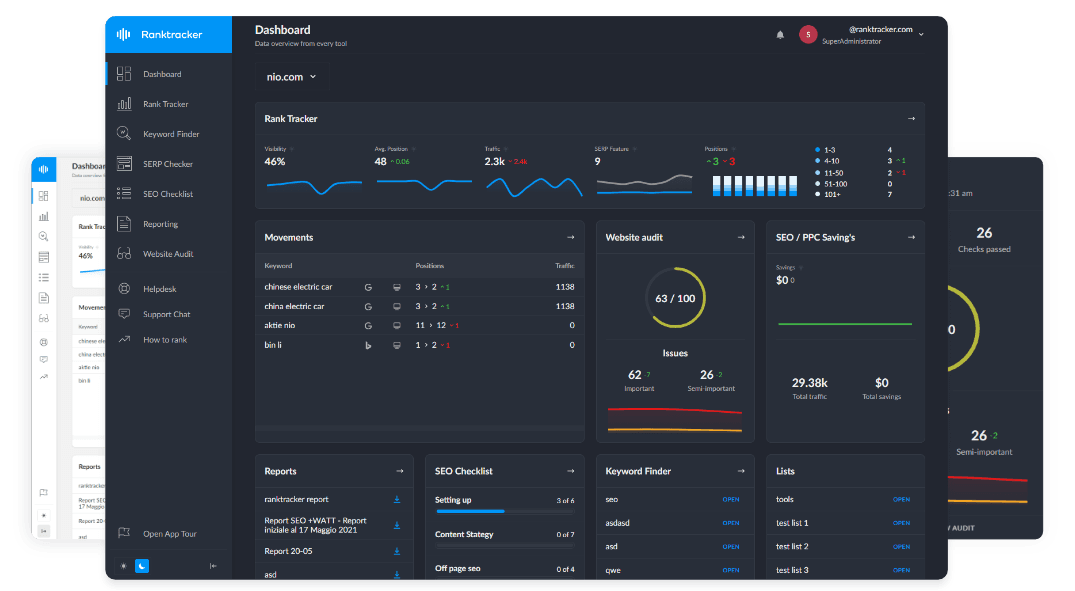Intro
With the fast growth of digital life today, good control of image assets is key for content makers and firms. DAM (Digital Asset Management) systems have proven to be a solid solution to this issue. Because they can streamline the storage, filing, and finding of digital files, DAM platforms let teams work with a wide variety of media types, including uploaded images that are upscaled. But what exactly is digital asset management, and how can it help you corral those superior images more efficiently in the future? Let us explore more about this subject.
What Is Digital Asset Management (DAM)?
Digital Asset Management (DAM) is a software platform meant to store, manage, and retrieve digital files that may be images, videos, documents, or audio. It provides a centralized platform for controlling the entire lifecycle of digital assets from creation through to distribution.
For businesses that heavily depend on visual content, such as upscaled images, a good DAM system is the ultimate game-changer.
A DAM system is more than merely holding images, organizing and labeling them so they're instantly searchable. It prevents you from losing yourself in having to keep several iterations of files spread across different folders or drives. Rather, all you need is directly accessible. Whether you work with high-res photos, marketing videos, or high-end images, DAM allows you to be in command. The charm of this system is that it is scalable and accessible, enabling teams to work together with ease.
The Importance of Making Pictures Bigger Today
So, why do we need to upscale images? Image quality directly translates to the kind of experience in the current digital era. A pixelated/low-resolution image can scare a user away, affecting the brand reputation. This is where upscaling an image plays a vital role. Using AI-based upscaling, you can boost the resolution of an image edge-reservedly. Consider, for instance, an old fuzzy photo: it has lower resolution, but you want to include it in an HD video or advertisement. With applications such as upscale image with cloudinary, you are able to boost its quality to levels suitable for today's times so that it appears clear and businesslike on any screen.
How Digital Asset Management Can Help with Upscaled Images
Now that we have a fundamental understanding of DAM and image upscaling, let’s get into detail about how these two entities can collaborate to make your life easier while also optimizing your workflow.
1. Centralized Storage of Upscaled Images
One of the biggest benefits of having a DAM system is that it is a central storage for all your digital assets, including upscaling images. If you're a photographer, a content creator, or a marketer, you can upload your high-res files to the DAM and have them at your beck and call. No more checking across various folders or hard drives for that one particular image; everything is neatly in place and waiting for you to get your hands on it.
For example, if you are working with an image library containing several upscaled copies of your pictures, DAM systems will enable you to label every image in relation to its resolution, file type, and project. This speeds up and makes retrieval easier.
2. Better Collaboration with Upscaled Images
In creative groups and firms, working together is a must. When using upscaled pictures, it matters that all members of the team can get the same high-quality assets. DAM systems make sharing simple by allowing teams to post comments and quickly get upscaled images.
All team members have such central access to the asset; hence, there is no need to email high-res files, lose quality from recompression, or bump into size limits. With a DAM system, the entire team gets access to the up-to-date copy of the image, whether for posts on social media channels, materials for marketing campaigns, or content on the website.
3. Easy Retrieval with Metadata and Tags
One of the key features of DAM is that it enables you to apply metadata to every single digital asset. For any images that you have upscaled, you want to use keywords in your file, labeling them as “HD,” “4K,” or just “high-resolution.” Your team can then easily search for and filter assets when looking for assets by searching for certain keywords. Say, you need to look for a high-res image for a new projectrather than manually sifting through all these folders, a search entering the image’s metadata tags could be all you need to pull up the file you’re seeking.
4. Gliding Integration with Editing Tools
What's even more handy is the fact that most contemporary DAM systems natively integrate with standard editing tools. So you can directly edit upscaled images within the DAM platform. For example, you want to crop, resize, or apply a filter to an image. All this without downloading an image file and having to edit in some other application. These add to ease of operation with so many creativity-friendly integrations while cutting down redundant processes with high-resolution images.
Major Advantages of Utilizing DAM for Upscaled Images
Utilizing digital asset management in managing your upscaled images can present your company or creative endeavors with a wealth of advantages. Let us proceed to examine the major benefits:
1. Efficiency and Time-Saving
A digital asset management system saves a lot of time as well because everything is stored and organized in one central system, unlike wasting hours searching for files or re-uploading enlarged images. Just a quick search and you will have found the exact image you were looking for.
2. Upgraded Quality Control
For organizations that often use upscaled images in ads, pictures of products, or marketing, quality is key. With DAM, you will be able to make sure that high-quality upscaled images are used, not allowing low-resolution assets to slip through. This gets to be extremely important when dealing with visual content that represents your brand.
3. Access Anywhere, Anytime
A cloud offering from DAM platforms means that your upscaled images are always available wherever and whenever you might need them. This is of particular advantage to teams working remotely or to freelancers who work with several clients. It allows you, for instance, to be on a plane going through images required for a certain project or at a coffee shop working on the same files.
4. Scalability for Growing Businesses
As your business or project grows, so does your digital content. A good DAM system scales with you, managing the increasing number of upscaled images from a few photos to thousands, so you stay in control no matter how enormous your digital library.
As your business or project grows, so does your digital content. A DAM system you can grow with, as it easily scales to increasing numbers of upscaled images. From a few photos to thousands of assets, DAM keeps you sorted, no matter the size of your library.
Conclusion: Invest in DAM for Seamless Image Management
Finally, digital asset management systems give you a complete solution to managing scaled-up images and other digital assets. Control could not be easier with DAM centralized storage and collaboration retrieval. If you work with high-quality, high-resolution images, this is the Holy Grail for your workflow in keeping your visual quality consistently great across projects.
The All-in-One Platform for Effective SEO
Behind every successful business is a strong SEO campaign. But with countless optimization tools and techniques out there to choose from, it can be hard to know where to start. Well, fear no more, cause I've got just the thing to help. Presenting the Ranktracker all-in-one platform for effective SEO
We have finally opened registration to Ranktracker absolutely free!
Create a free accountOr Sign in using your credentials
Ready to get in charge of your photos? Learn more about the advantages of digital asset management and begin applying the solution that suits you. For more information, visit the source to begin learning how to master digital content management today.

